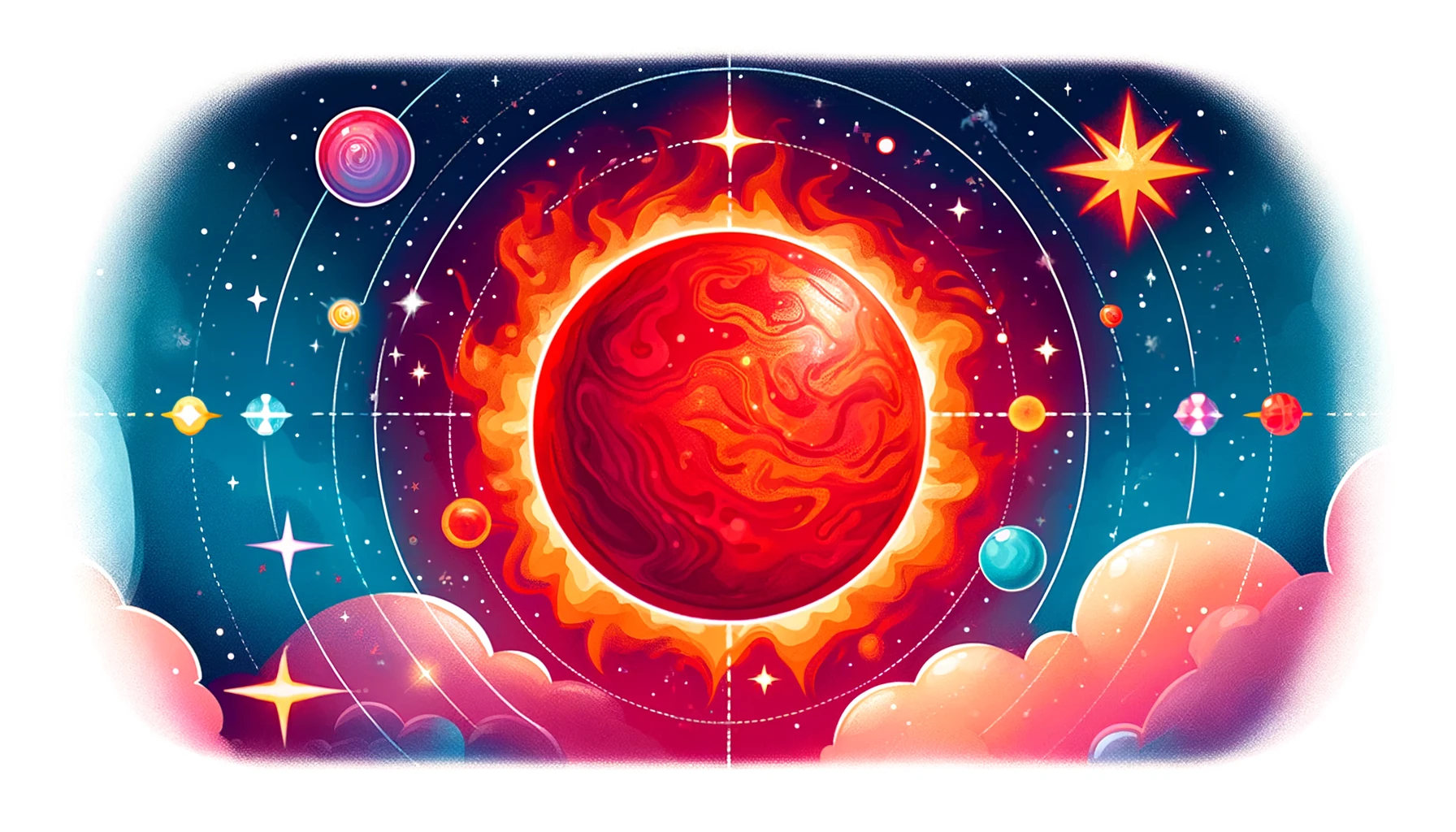Understanding Red Dwarf Life Cycle
Understanding Red Dwarf Life Cycle
Table of Contents
- Introduction to Red Dwarf Stars
- Formation of Red Dwarf Stars
- Main Sequence Stage
- Evolution and Longevity
- End of the Red Dwarf Life Cycle
- Importance in Astronomy
- Conclusion
- References
Understanding Red Dwarf Life Cycle
Introduction to Red Dwarf Stars Red dwarf stars, also known as M-type stars, are the most common type of stars in the Milky Way galaxy. Despite their abundance, they are often overlooked due to their faint brightness. This article delves into the life cycle of red dwarf stars, highlighting their formation, evolution, and longevity.
Formation of Red Dwarf Stars Red dwarf stars form from the gravitational collapse of a molecular cloud composed primarily of hydrogen and helium. As the cloud collapses, it fragments into smaller clumps, each potentially forming a star. When a clump’s core temperature rises sufficiently, nuclear fusion of hydrogen into helium begins, and a red dwarf star is born.
Main Sequence Stage Red dwarf stars spend the majority of their lives in the main sequence stage, where they fuse hydrogen into helium in their cores. Key characteristics of this stage include:
- Low Luminosity: Red dwarfs emit only a fraction of the light produced by larger stars like the Sun.
- Cool Temperature: Their surface temperatures range from about 2,500 to 4,000 K, giving them a reddish color.
- Long Lifespan: Due to their low mass and efficient hydrogen burning, red dwarfs have incredibly long lifespans, often spanning tens to hundreds of billions of years.
Evolution and Longevity The evolution of red dwarf stars is unique compared to other types of stars. Because they burn their fuel so slowly, they remain in the main sequence stage for an extraordinarily long time. Unlike larger stars, red dwarfs are fully convective, meaning their core and outer layers mix. This efficient mixing allows them to use nearly all of their hydrogen fuel before transitioning to the next stage.
End of the Red Dwarf Life Cycle The end of a red dwarf’s life cycle is relatively uneventful compared to more massive stars. Once a red dwarf exhausts its hydrogen fuel, it does not have enough mass to fuse helium into heavier elements. Instead, it gradually cools and dims, eventually becoming a white dwarf. This transition occurs over a timescale far longer than the current age of the universe, meaning no red dwarfs have yet reached this final stage.
Importance in Astronomy Red dwarf stars are of significant interest to astronomers for several reasons:
- Stellar Population: They make up about 70-80% of the stars in the Milky Way, making them crucial for understanding stellar demographics.
- Exoplanet Research: Many exoplanets have been discovered orbiting red dwarfs, including some in the habitable zone where conditions might support life.
- Astrobiology: The long lifespans of red dwarfs provide stable environments for potential life on orbiting planets, making them prime targets in the search for extraterrestrial life.
Conclusion The life cycle of red dwarf stars is a fascinating subject that highlights the diversity and longevity of stellar evolution. Their prolonged lifespans and prevalence in the galaxy make them key objects of study in astronomy. Understanding red dwarf stars helps scientists gain insights into the broader mechanisms of stellar formation and evolution.
<ⓒ WizardMedics (wizardmedics.com)>



